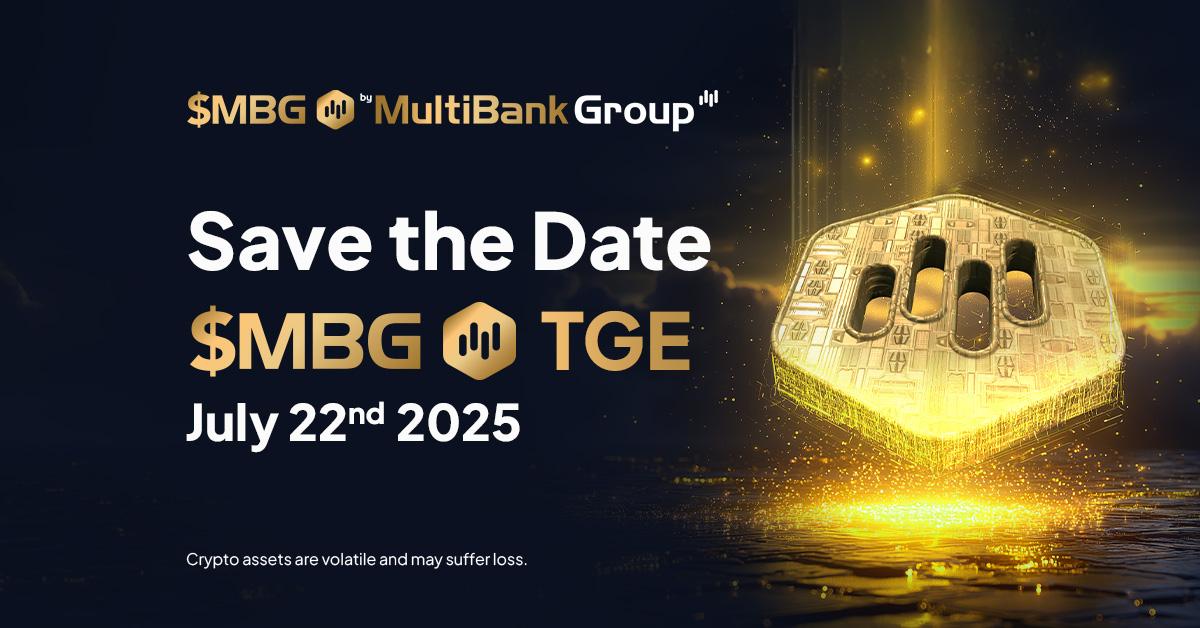A blockchain explorer is an essential tool that allows users to navigate and explore the records of a distributed ledger, which is a fundamental aspect of blockchain technology. In simpler terms, it can be thought of as a search engine for blockchain networks. The transparency of cryptocurrencies is a key characteristic, and blockchain explorers enable users to take advantage of this transparency by providing access to the data stored on the blockchain.
Most cryptocurrencies, such as Bitcoin (BTC) and Ethereum (ETH), have public ledgers where all approved transactions are recorded. However, as the adoption of these tokens increases, the blockchain processes a large number of transactions every minute, making it challenging to extract information. This is where blockchain explorers come into play.
Blockchain explorers play a vital role in addressing the challenge of navigating and understanding the vast amount of information stored on the blockchain. They enable users to enter a public or private address and retrieve information about all transactions associated with that address. For example, if you have a Bitcoin address, you can enter it into a blockchain explorer and see a detailed history of all transactions related to that address.
Additionally, blockchain explorers provide details about the blocks added to the chain and the rate at which transactions are being processed. These explorers act as a window into the blockchain network, allowing users to gain insights into the inner workings of the technology.
The functioning of a blockchain explorer is relatively straightforward. When a user enters a search query in the explorer’s interface, the software sends the query to a node through an application programming interface (API). A node, in the context of blockchain, is a device that participates in the network and maintains a copy of the blockchain. The blockchain explorer then connects to the node and extracts the requested information from the blockchain data stored on that node.
Once the relevant data is extracted, the blockchain explorer organizes and presents it to the user in a searchable format. This allows users to easily navigate through the transactions and blocks, making it easier to track and verify transactions. Some explorers also offer additional features such as checking the status of transaction validation, monitoring outstanding requests, and exploring the list of unconfirmed transactions.
While blockchain explorers primarily aim to promote the transparency of distributed ledger technology (DLT), there are tools available to protect the anonymity of addresses involved in blockchain transactions. Coin mixers, also known as tumblers or anonymizers, are commonly used tools that hide the origin of a transaction.
When a user sends funds to a coin mixer, the software combines multiple incoming transactions and sends the final address a completely new set of tokens that cannot be traced back to the original sender. Although the transaction is recorded on the blockchain, the destination address remains hidden as it appears as the address of the coin mixer. This provides a layer of privacy for users who do not want their transaction history to be easily traced back to their identity.
Despite the availability of anonymity tools, blockchain explorers remain essential services as they provide access to valuable data recorded in the ledger. They are widely used by individuals, businesses, and researchers who want to analyze the blockchain and gain insights into transaction history, network activity, and other important metrics.
For example, a business may use a blockchain explorer to verify the payment history of a potential customer, ensuring they have a good track record of timely payments. Researchers might use a blockchain explorer to analyze patterns in transaction volumes, identify trends, and gain a deeper understanding of the behavior of participants in the network.
If you are interested in learning more about blockchain explorers and want to try using one, there are many explorers available for different blockchain networks. Some popular blockchain explorers include Block Explorer for Bitcoin, Etherscan for Ethereum, and BscScan for the Binance Smart Chain.
These explorers typically have user-friendly interfaces that allow you to enter a public address, transaction hash, or block number to retrieve the relevant information. They provide a wealth of data and allow you to explore the blockchain ecosystem in a user-friendly manner.
In conclusion, a blockchain explorer is a valuable tool that allows users to navigate and explore the records of a distributed ledger. It provides transparency and access to the data stored on the blockchain, enabling users to verify transactions, track addresses, and gain insights into the network’s activity. Whether you are a curious individual, a business owner, or a researcher, blockchain explorers are a powerful resource to explore the world of blockchain technology.















